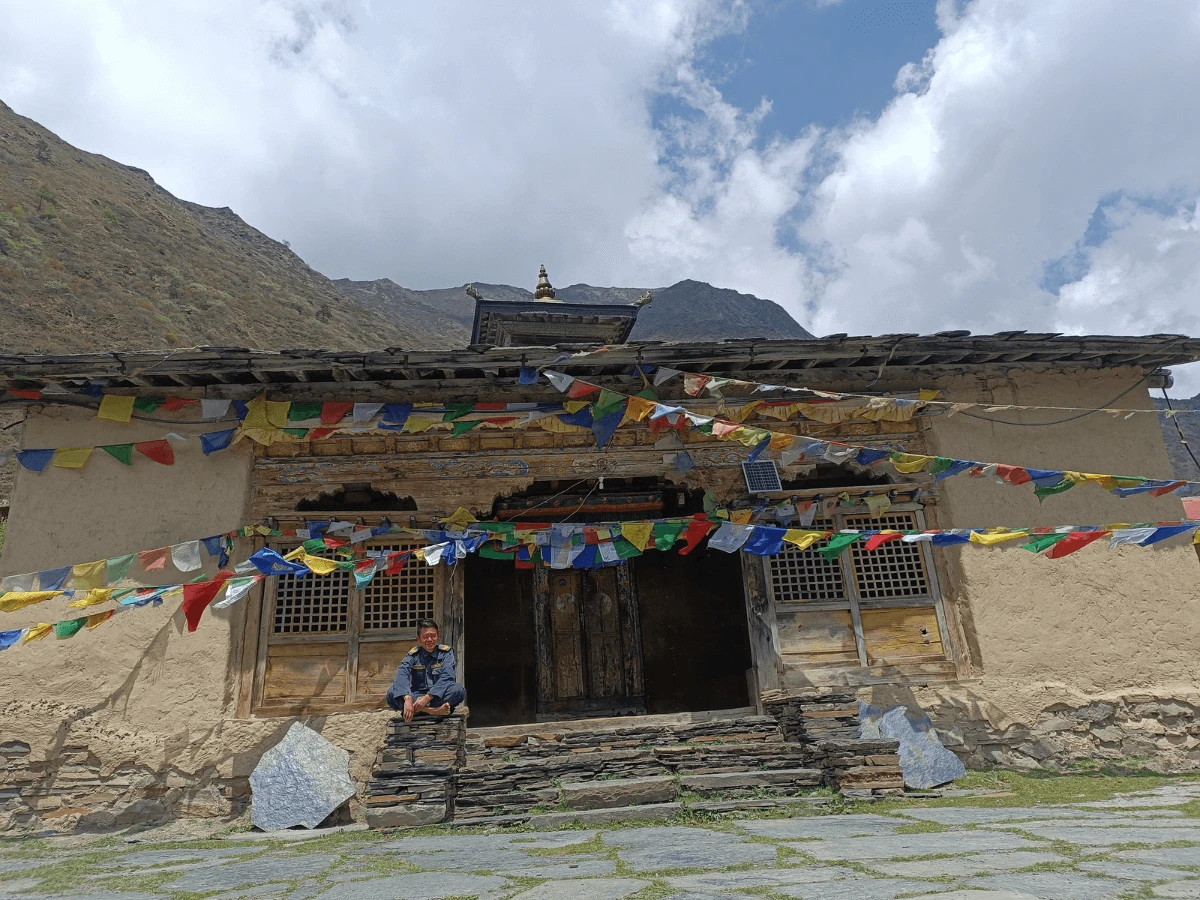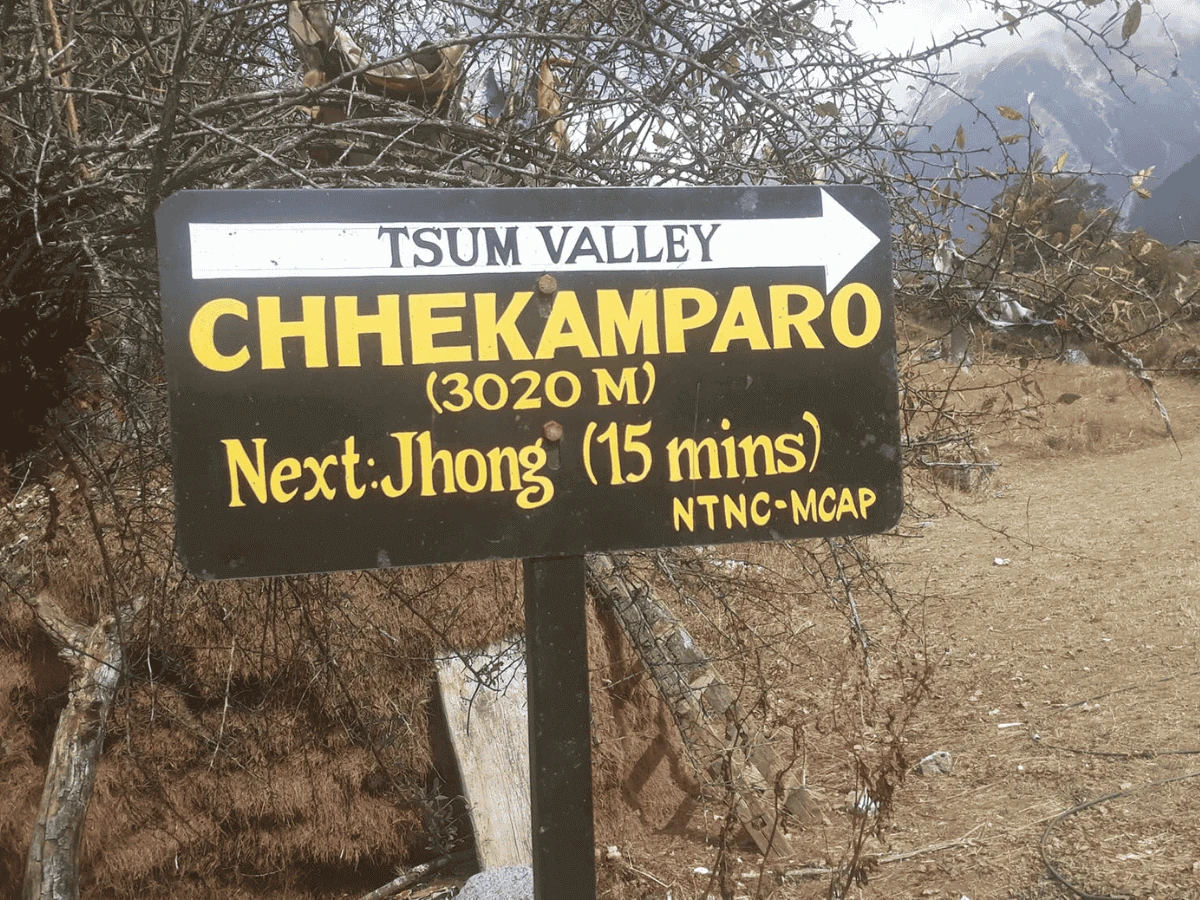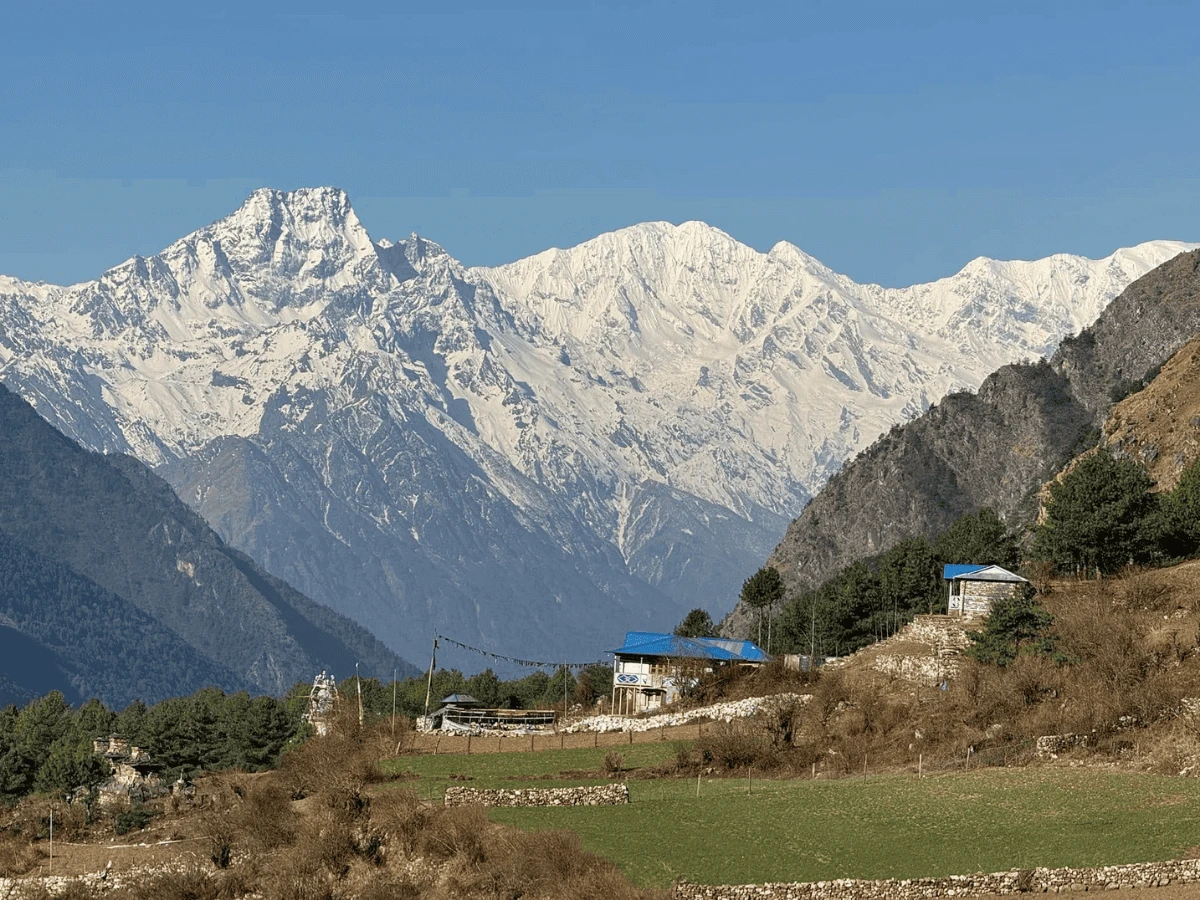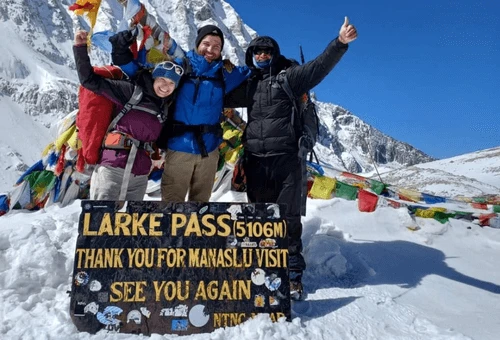Tsum Valley Trek is an off-the-beaten-path journey in Nepal’s remote Himalaya. Opened to foreign trekkers only in 2008, this hidden valley in the northern Gorkha district remains one of the least crowded treks in Nepal. The 11-day Tsum Valley Trek takes you deep into Tsum Valley, Nepal, near the Tibetan border, offering a rare glimpse into a unique Tibetan-influenced culture and dramatic mountain scenery. Trekkers can enjoy panoramic views of the Ganesh Himal, Buddha Himal, Sringi Himal, and other snow-capped peaks rising above secluded valleys.
This remote Himalayan trek to Tsum Valley is rich in cultural and spiritual heritage. Along the Tsum Valley Trek Route, encounter ancient Buddhist monasteries like Rachen Gompa and Mu Gompa. Moreover, Colourful prayer flags, mani walls (stone walls inscribed with prayers), and chortens along the trail expose the significance of Tibetan Buddhism. The local community of the Tsumba People have their own lifestyle and culture influenced by the Tibetan culture.
Despite its rich culture, the Tsum Valley has remained untouched and isolated for so many years. Hence, the basic needs of the local people are hard to find. This journey is challenging but rewarding.
In terms of the Tsum Valley Trek difficulty, it is graded as a moderate trek. The trails are not technically difficult, and the highest point reached is Mu Gompa at 3,700 meters. Trekkers cover roughly 100–110 kilometres over the entire route. The altitude gain is gradual, which helps with acclimatisation and keeps altitude sickness risks lower.
Remember, Tsum Valley is a restricted area in Nepal. Hence, independent trekking is not allowed here, and you must trek with a registered guide and through a trekking agency. Mountain Eco Trails is a government-registered trekking agency in Nepal that organises the Tsum Valley Trek. If you are seeking the less-crowded trek in Nepal, then feel free to contact us via email or WhatsApp us at +9779849790153.
Best 11-Day Tsum Valley Trek Itinerary
Our 11-day Tsum Valley trek itinerary begins and ends in Kathmandu, including the long drive to the Macchekhola. Drive to Macchekhola from Kathmandu in a public bus. Then, start the trek from Machha Khola alongside the Budi Gandaki River into the heart of Tsum Valley.
The Tsum Valley Trek route passes through lush hills, rhododendron and pine forests, suspension bridges over roaring rivers, and terraced fields carved into steep mountainsides. During the hike, spot Himalayan wildlife like blue sheep and Himalayan thar. Likewise, visit to sacred sites such as Milarepa’s Cave (Piren Phu), where the famous Tibetan saint meditated.
By the time you reach Mu Gompa at the valley’s end, you’ll have experienced the full range of what Tsum Valley offers, from warm lowland villages to alpine landscapes and venerable monasteries. The journey then retraces out of the valley, leaving you with unforgettable memories of this secluded Himalayan sanctuary.
Combine the Tsum Valley with the Manaslu Circuit Trek
You may be wondering if it’s possible to combine the Tsum Valley with the Manaslu Circuit Trek. Yeah, you can combine both treks as a Manaslu Tsum Valley Trek, which takes around 18-20 days. This journey allows you to explore the Tsum Valley’s cultural riches and continue around the Manaslu massif, crossing the dramatic Larkya La Pass (5,106m) on the Manaslu Circuit. By combining them, you truly get the best of the region: the spiritual seclusion of Tsum and the high-altitude challenge and sweeping vistas of Manaslu.
The first part of the Manaslu Tsum Valley Trek starts from Machha Khola up to Tsum Valley. You’ll follow the Tsum Valley itinerary as far as Chhokang Paro or Nile, and visit Mu Gompa. After exploring the Tsum Valley, you will now retrace the same way back, but split the route from Lokpa (where the Tsum Valley meets the Manaslu trail).
From Lokpa or Philim, you then join the Manaslu Circuit Trek route, continuing northward along the Budhi Gandaki River. You’ll trek through villages like Deng, Namrung, and the beautiful Sama Gaon. Then you proceed to Samdo and Dharamsala, and ultimately cross the challenging Larkya La Pass into the Annapurna region, descending to Dharapani on the Annapurna Circuit side. The trip usually ends by driving out from Dharapani to Besisahar and back to Kathmandu. In total, the Manaslu & Tsum Valley combined trek takes about 3 weeks, but it can be tailored a bit shorter or longer based on acclimatisation needs and side trips.
Price of the Tsum Valley trek from Kathmandu, 2026, 2027
The price of the Tsum Valley Trek from Kathmandu depends on various factors like the duration, inclusions, mode of transport, and the service chosen. Our 11-day Tsum Valley Trek package, the cost in 2026 and 2027 is roughly USD $899 – $1200 per person. This price is based on a small group of 2 or more trekkers. The Tsum Valley Trek cost includes all the logistics like meals, accommodation, trekking guide, permit, transportation, and other operational expenses. If you have any queries related to the Tsum Valley Trek cost, feel free to contact us via email or WhatsApp us at +9779849790153
Why choose Mountain Eco Trails for the trek to the Tsum Valley Manaslu?
Choosing the right trekking company can make a huge difference in your experience. Mountain Eco Trails specialises in Manaslu Tsum Valley and other Nepal treks, providing a balance of safety, professionalism, and local expertise. Here are a few reasons to trek with Mountain Eco Trails:
- Experienced crew members and official team.
- Flexible and customised Langtang Trek Itinerary with personalised service.
- Complimentary Services like Duffel Bag, Trekking Poles, SIM Card, and an hour trekker's massage
- First Aid Kit with basic medication.
- Hassle-free last-minute booking and trip arrangements.
- Competitive and Fair price that matches the services and has no hidden costs.
- Special Discount for a group of trekkers of more than 5 Pax.
With Mountain Eco Trails, you trek with a trusted local company that prioritises your experience, safety, and the environment. We strive to turn your Tsum Valley Trip into an incredible memory you’ll cherish for life.






